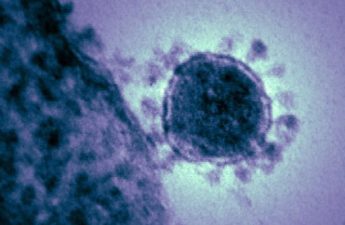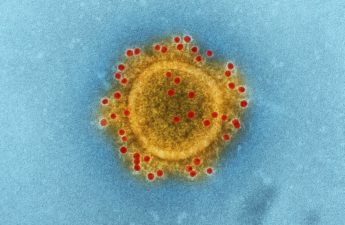
By Christine Vestal, Stateline
A mutation of the SARS-CoV-2 virus, known as the British variant or B-117, was found in 66% of new U.S. COVID-19 cases tested during the two weeks ending April 24, the federal Centers for Disease Control and Prevention reported.
A second mutation, known as the Brazilian variant or P-1, was found in 5% of new cases during the same period.
Public health officials have been warning that if not enough people are vaccinated as soon as possible, a more virulent coronavirus that causes COVID-19 could take hold and become the dominant strain in the United States. The CDC report confirms that already has happened.
Since the pandemic began, scientists worldwide have used genomic sequencing to identify thousands of mutations of SARS-CoV-2 and found most to be harmless.
But the British and Brazilian variants are considered by the CDC and the World Health Organization to be “variants of concern.”
“The virus that causes COVID-19 is constantly mutating,” the CDC wrote in its new report, “leading to new variants, including variants of concern that have the potential to affect transmission, disease severity, diagnostics, therapeutics, and natural and vaccine-induced immunity.”
So far, no “variant of high consequence” has been detected, according to the CDC. For a COVID-19 mutation to rise to that level of concern, clear evidence would have to show that vaccines and natural immunity could not prevent the disease, existing tests could not detect it and current treatments were ineffective.
In November 2020, the CDC expanded national surveillance for variants of the COVID-19 virus using genomic sequencing. But because the sequences used in testing were generated by multiple laboratories and were not available in all parts of the country, the CDC developed population-based methods of estimating the percentage of variants circulating regionally and nationwide.
The CDC said its findings indicate that continued genomic surveillance is needed to guide vaccination, testing and treatment strategies, and to track the circulation of the variants geographically over time.


